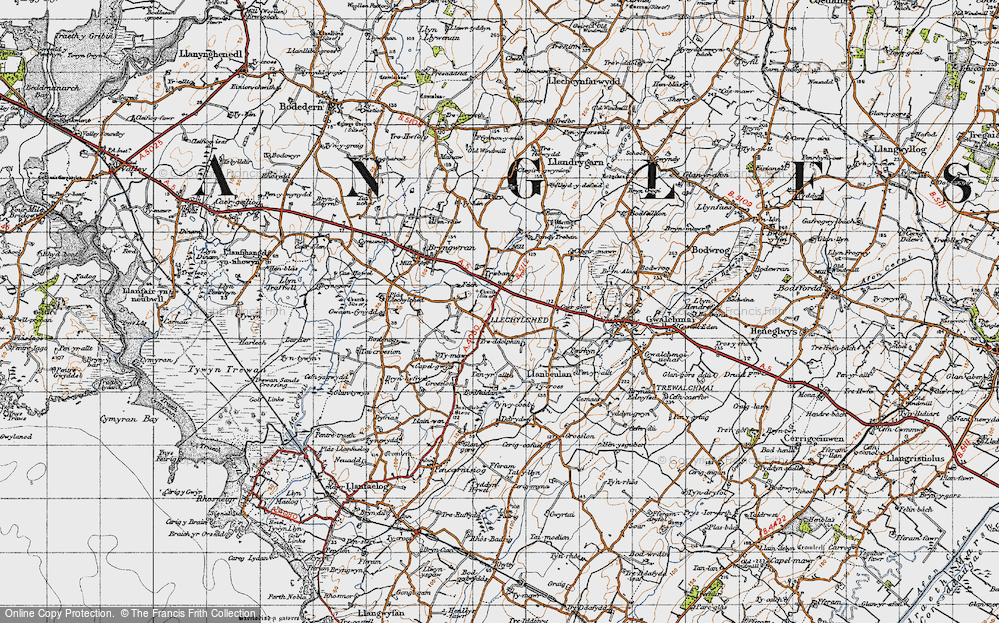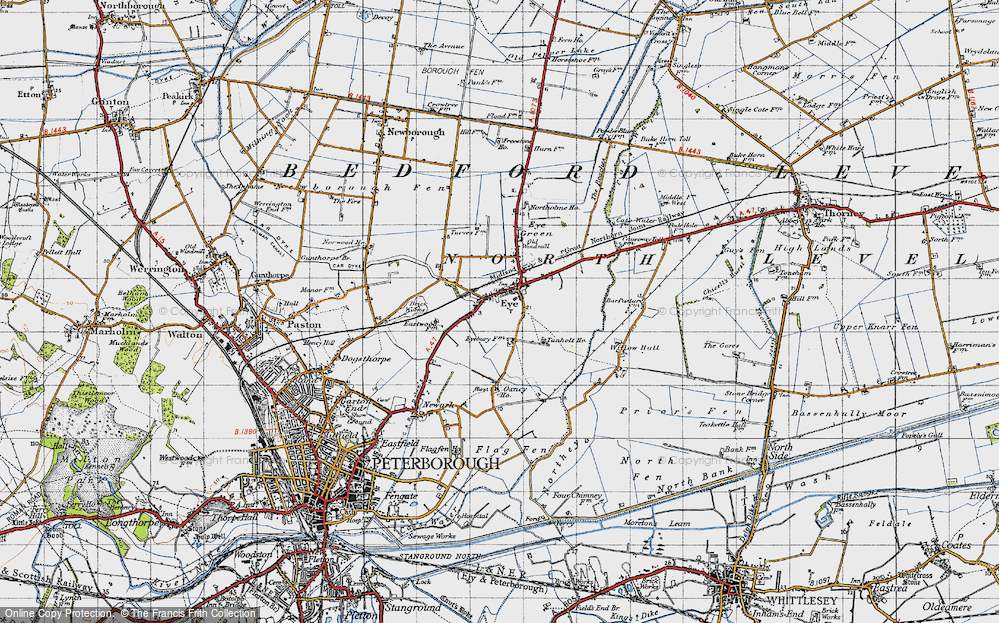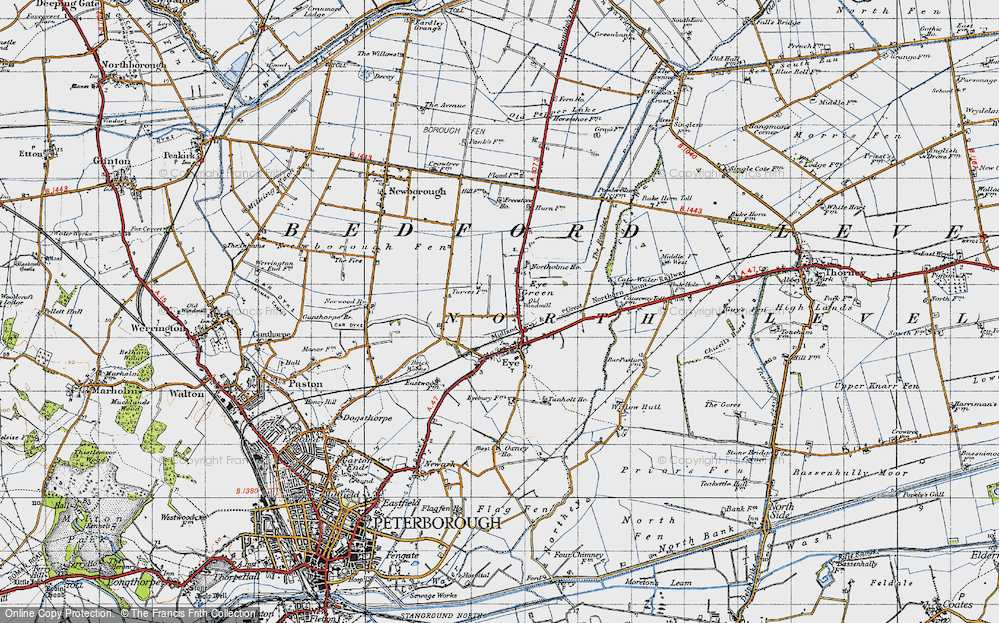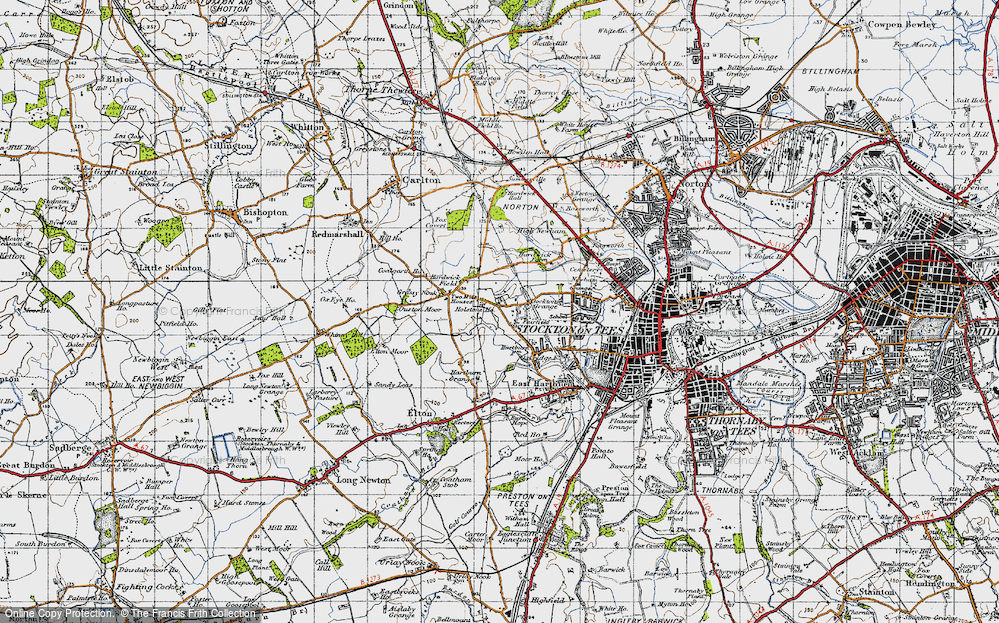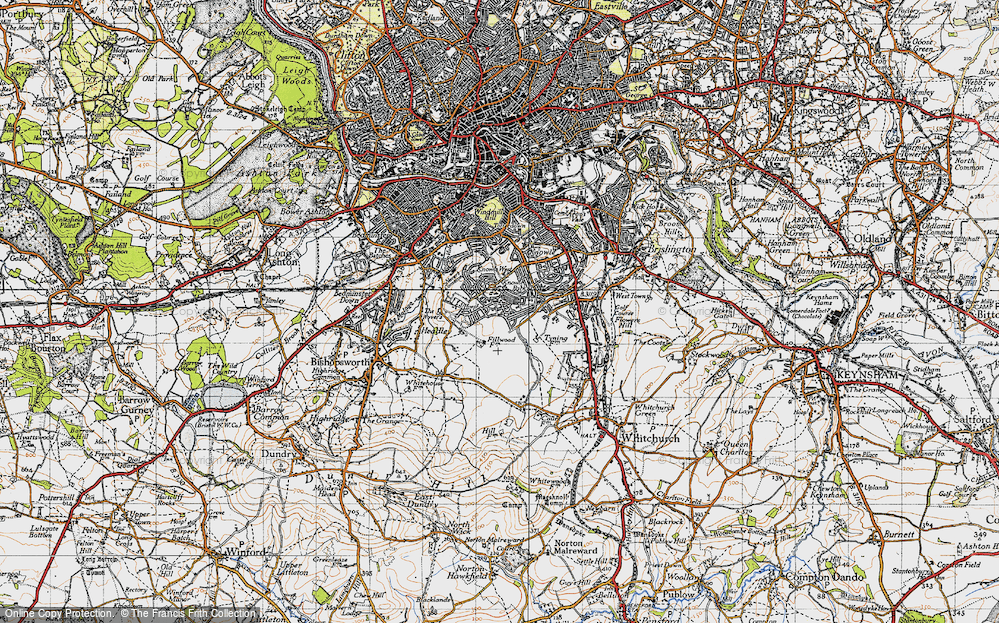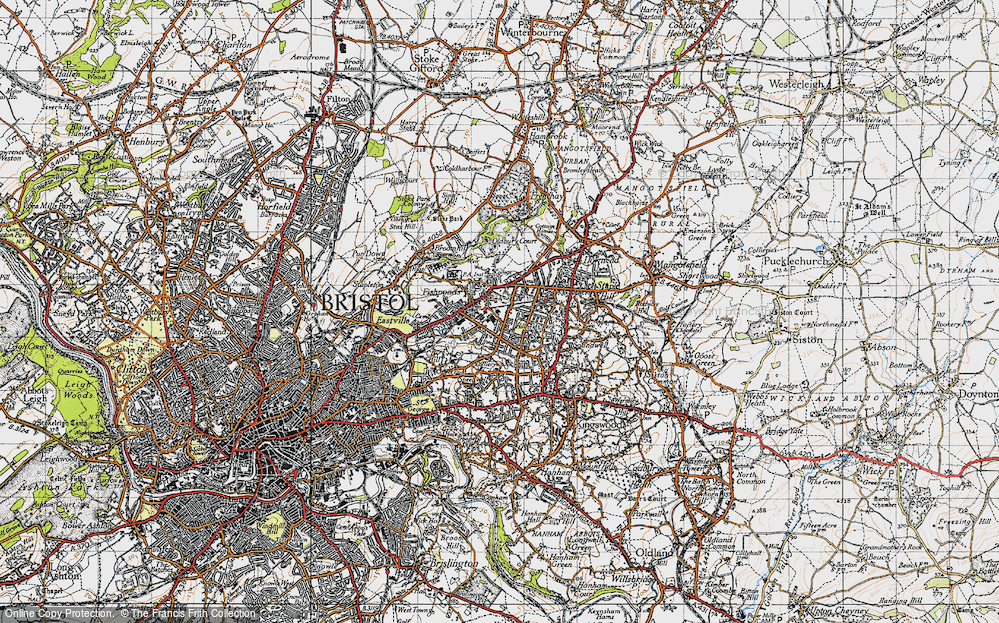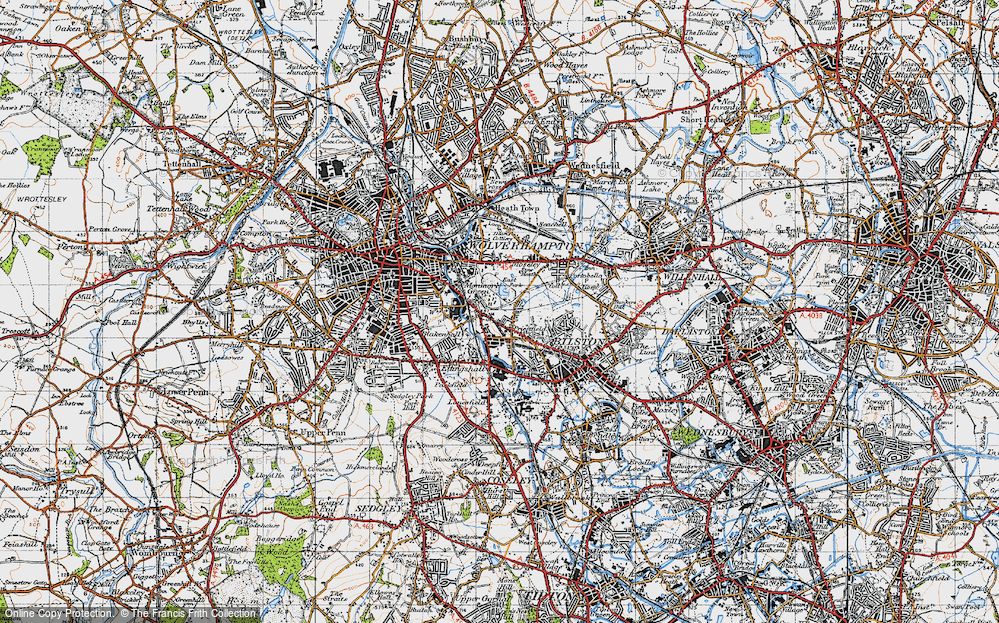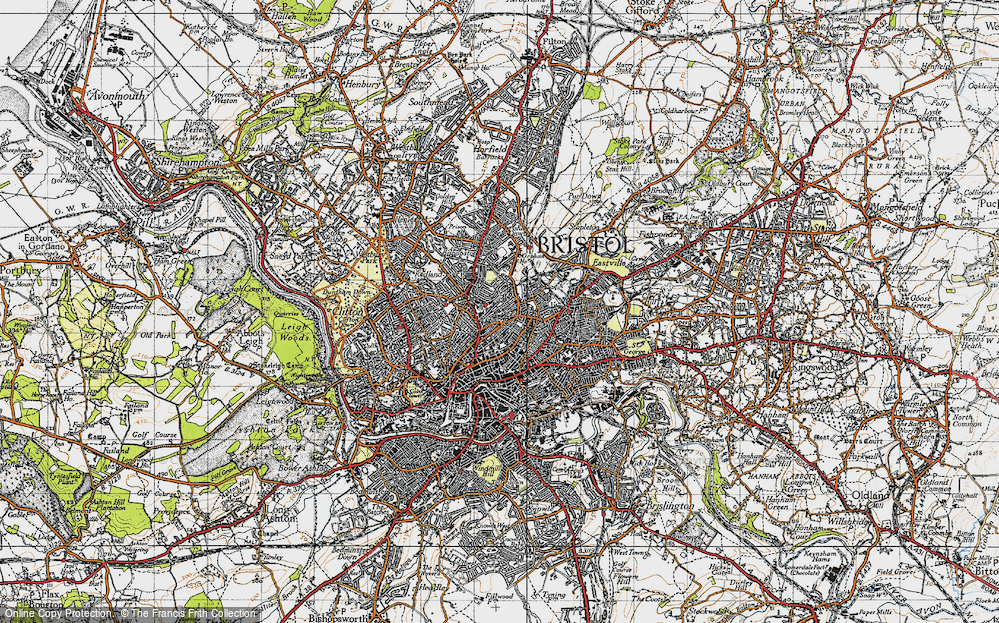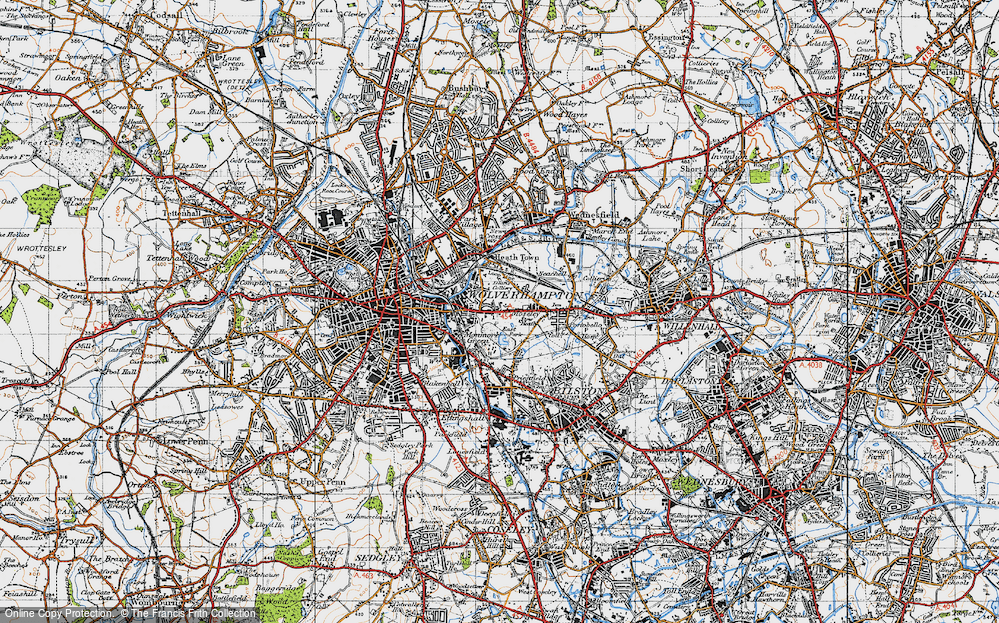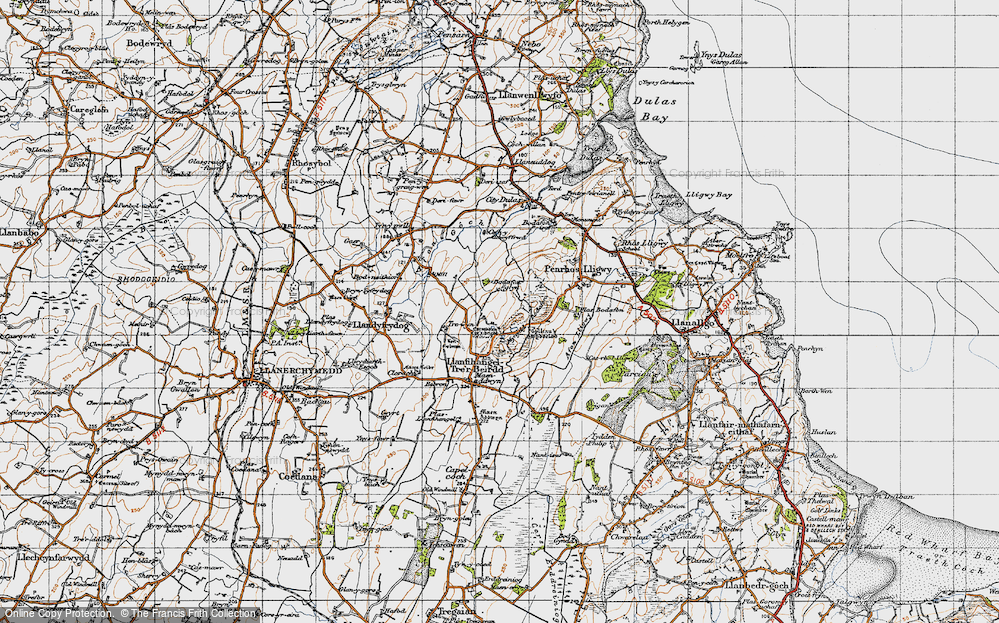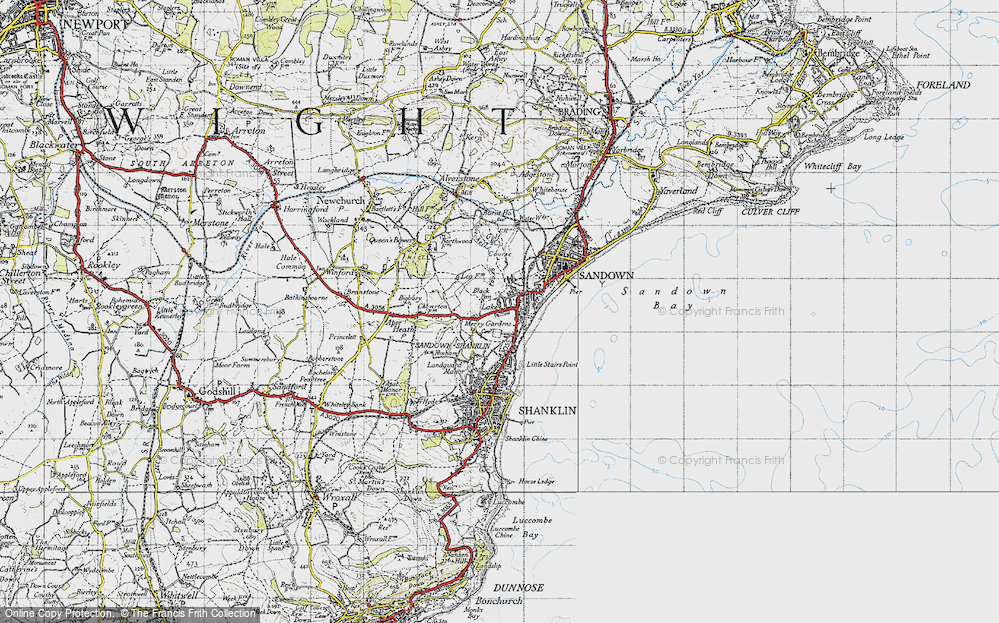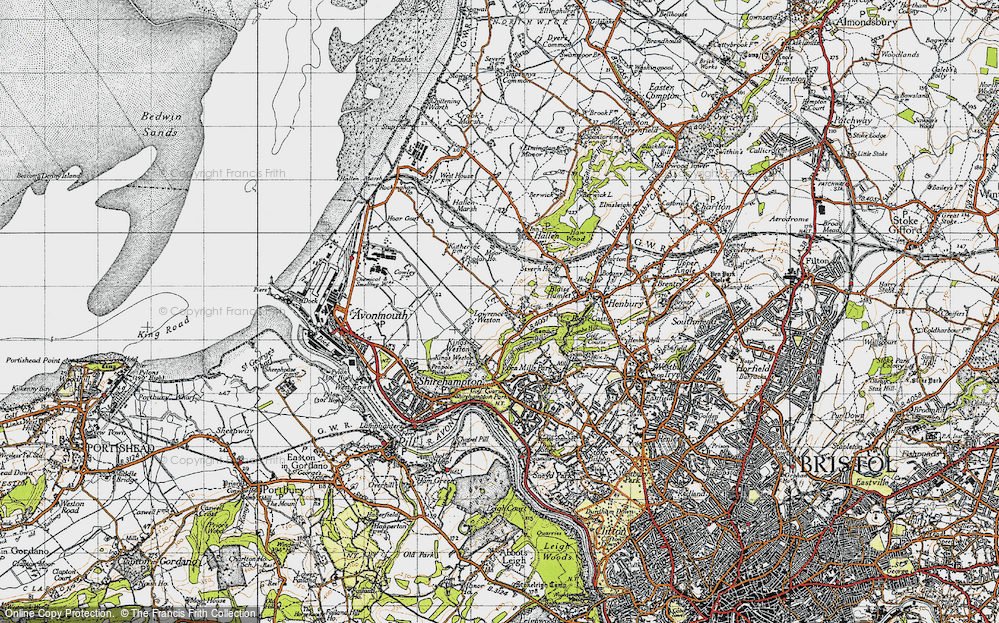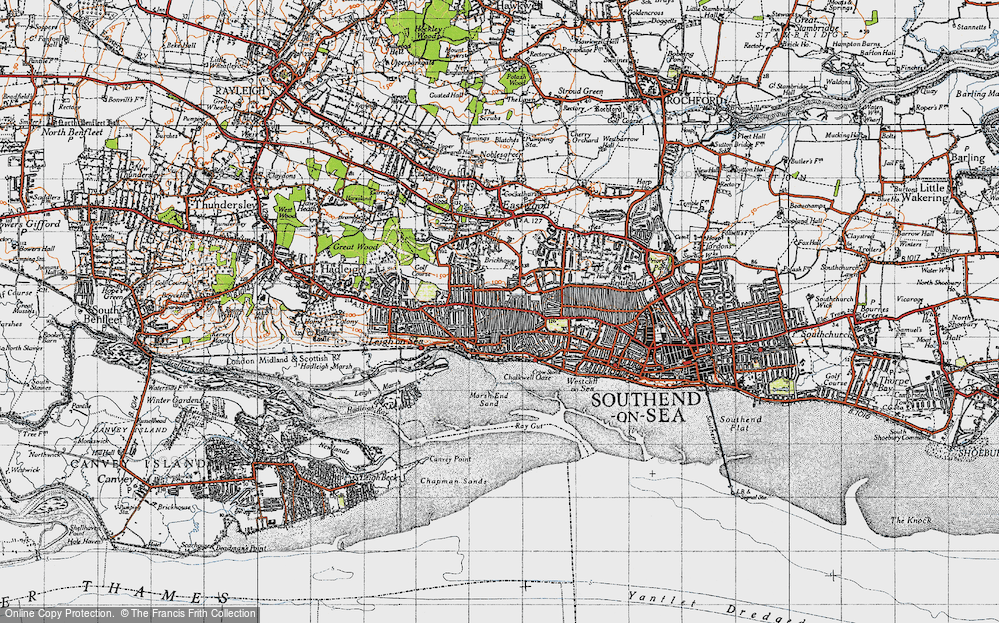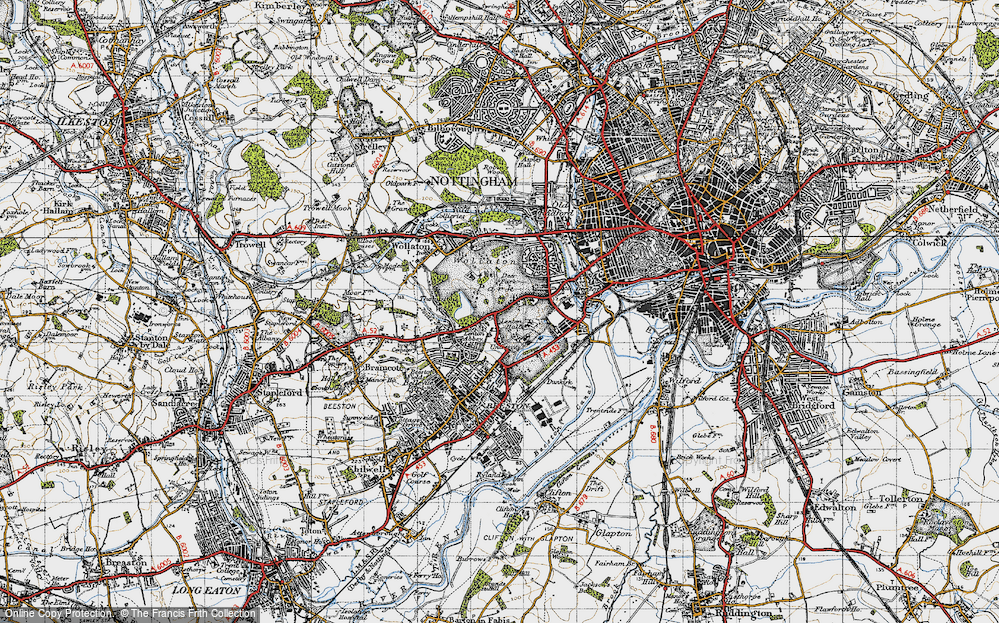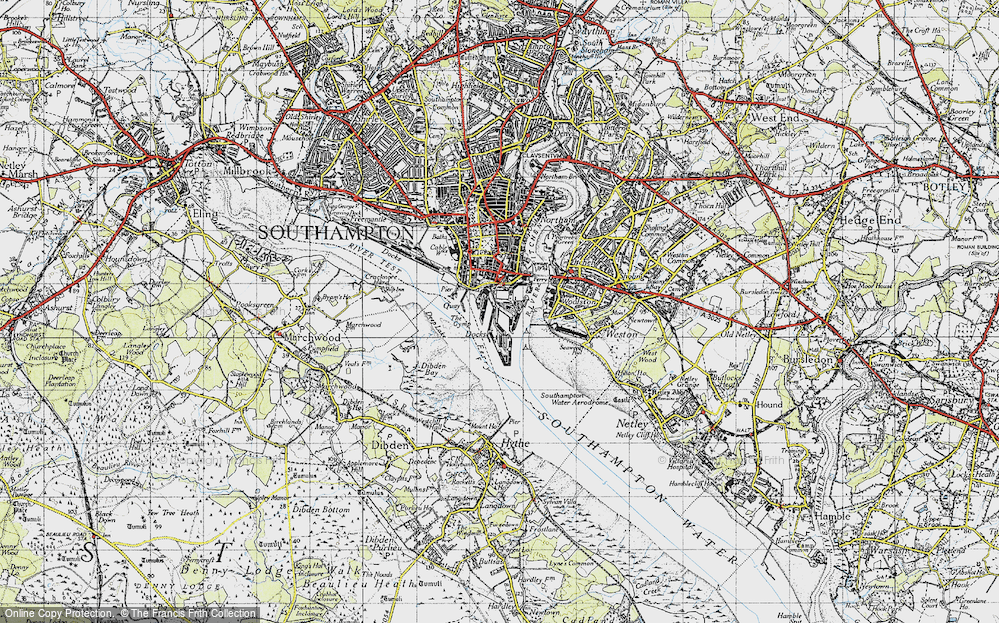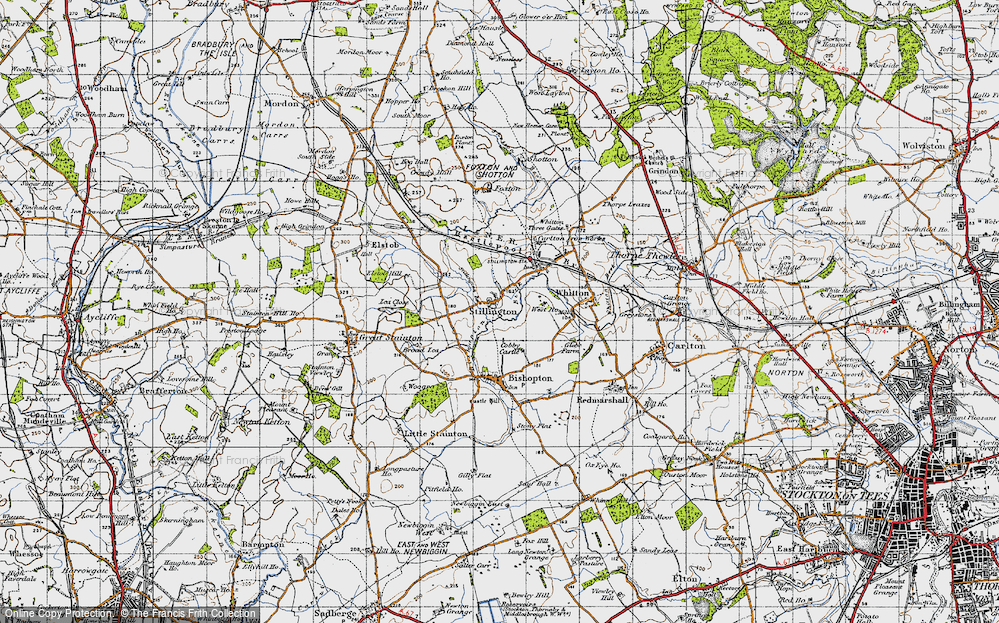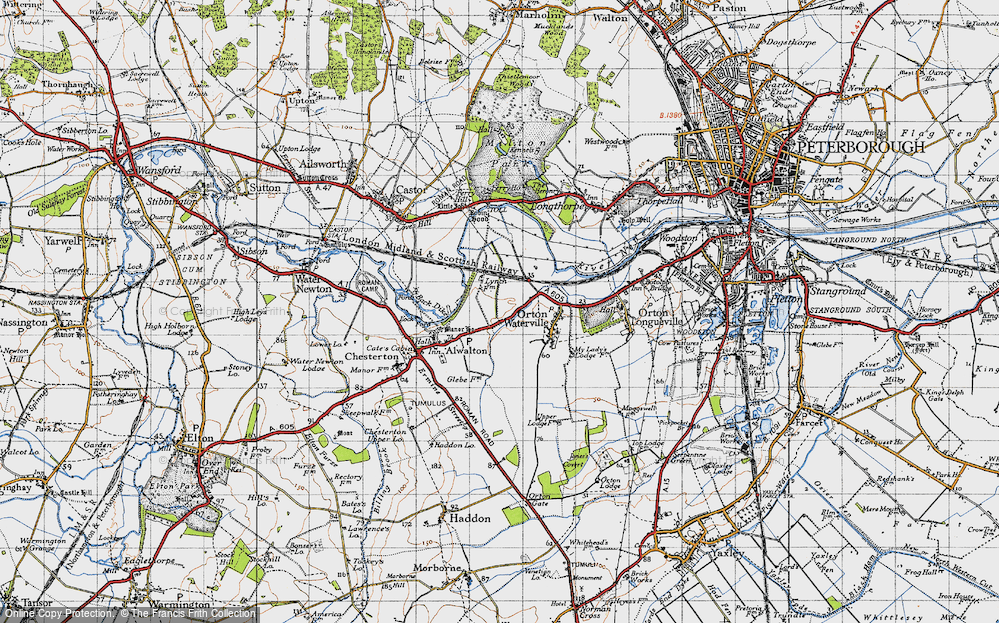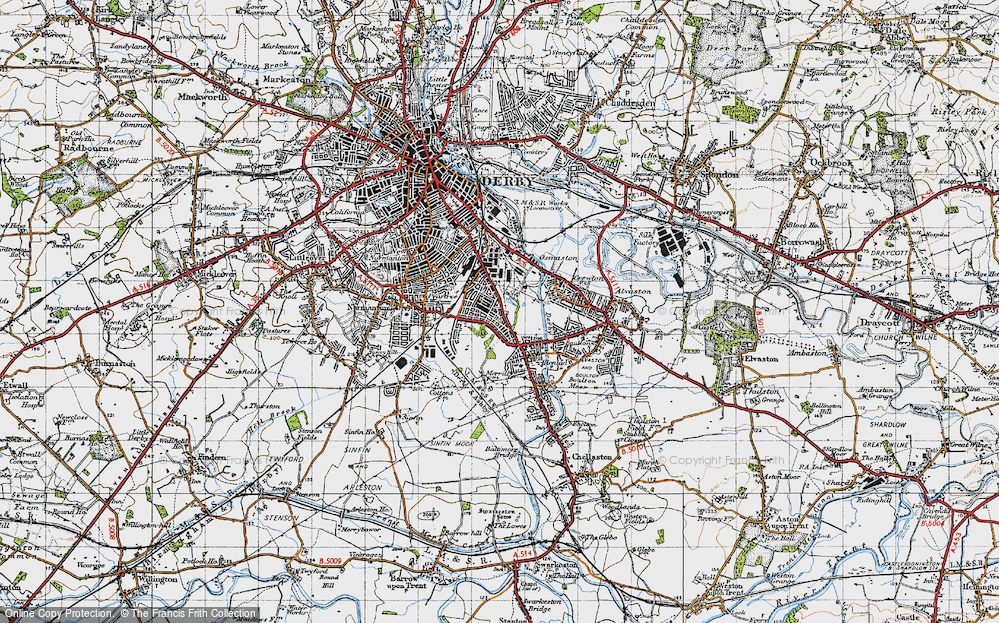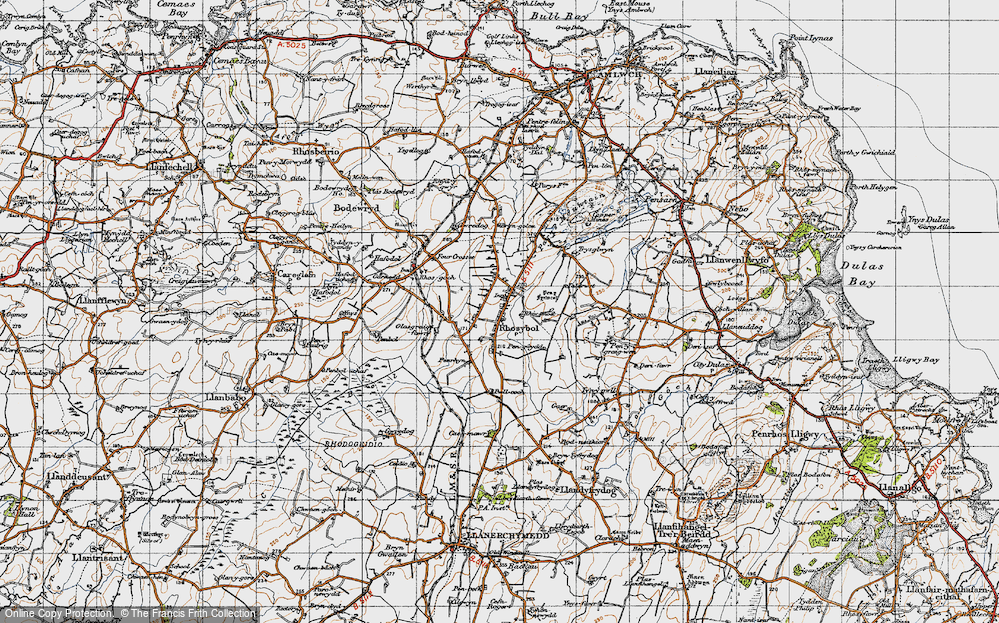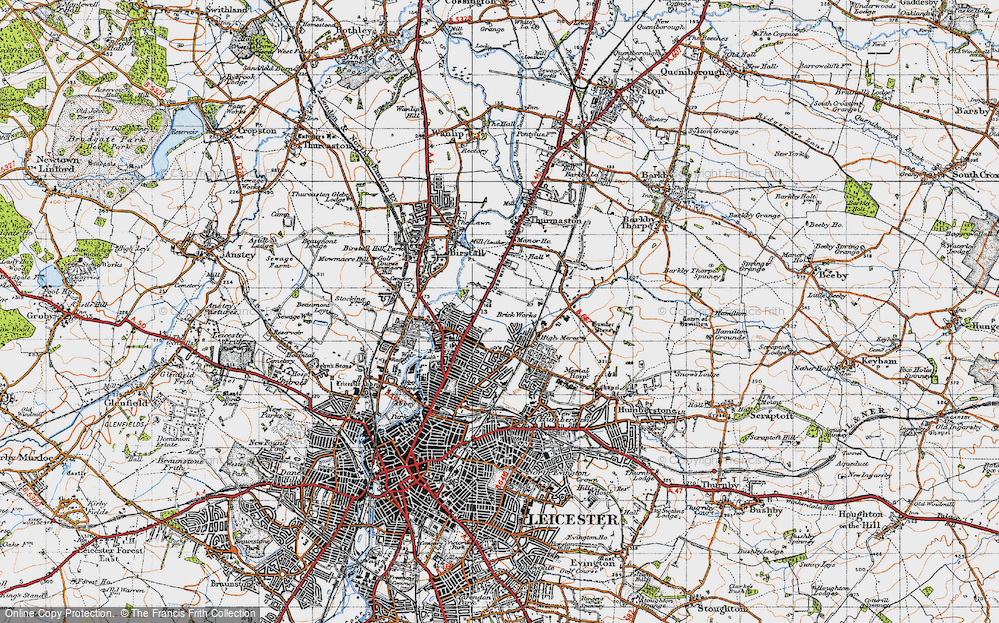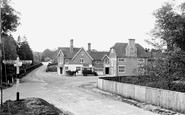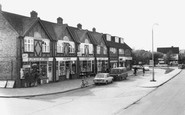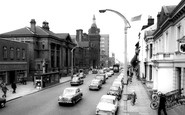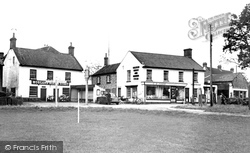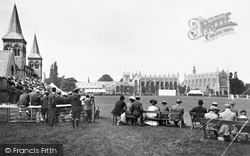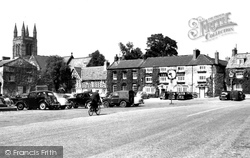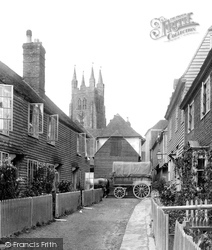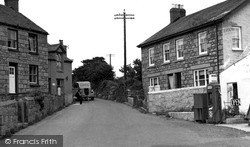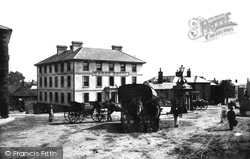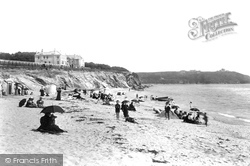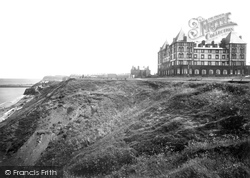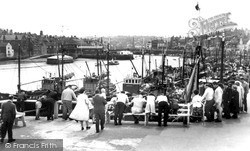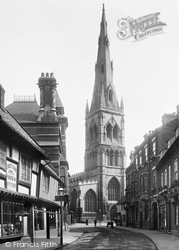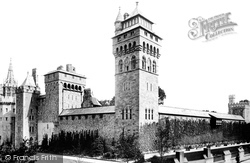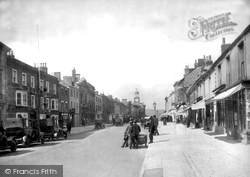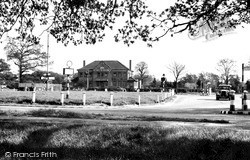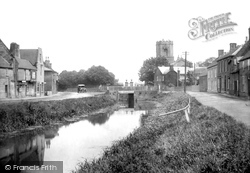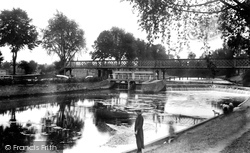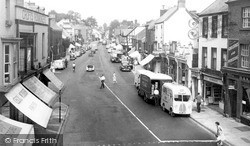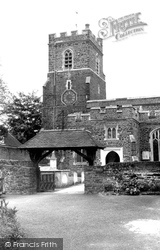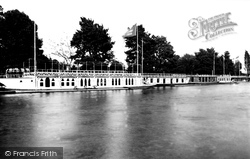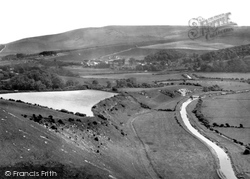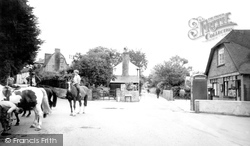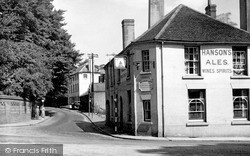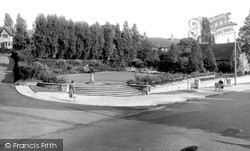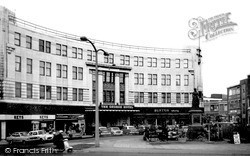Places
Sorry, no places were found that related to your search.
Photos
Sorry, no photos were found that related to your search.
Maps
7,034 maps found.
Books
163 books found. Showing results 3,889 to 3,912.
Memories
22,913 memories found. Showing results 1,621 to 1,630.
Memories Of War Years 1939 45 Newport
Memories of War years 1939 -1945. By John Beal. Little did I realise that I would be involved in the army when war broke out in 1939. I was attending Hatherleigh Central School in Newport at the time and as a ...Read more
A memory of Newport in 1940 by
Boyhood Memories
As a child I lived in a lovely house called Glanafon next to the old County Stores bakery in St Clears with my mother Anglea and step-dad Malcolm, and my 2 sisters, Rosemarie and Teresa. Unfortunately Teresa passed away over 20 ...Read more
A memory of St Clears in 1976 by
Ancestors In Assington
I am researching my wife's family history and on one side of her family is Charles Freeman Parson. She is his 2nd Great Garandaughter. We know that he lived and farmed at Assington House which I am told that he also built. ...Read more
A memory of Assington in 1860 by
Pride Of The Valley
I used to camp as a child and teenager at Crosswater down the road [my father knew the then owner] and one of my memories is of driving past the hotel en-route from Farnham. I stayed here as a birthday treat in 2003 and went on ...Read more
A memory of Churt in 2005 by
12 Glebe Avenue Kolordek
This picture is just too small to see if my parents' shop - Kolordek - is illustrated in the row. We moved away around 66/67. Vaiseys had the grocers next door - I was friends with their daughter, and the grocer's next to ...Read more
A memory of Ickenham in 1962 by
Monkery Bottom
One of the land owners living in Hothfield and well known for her generosity was Mrs Tufton. Although she lived a half mile up a dark lane, she would make it worth the walk to go sing her a few Christmas carols. In the spring she ...Read more
A memory of Hothfield in 1950 by
I Meet A Vagrant I Know
September 1958 I meet a vagrant I knew. In 1957, I was appointed to be Village Constable, at Lower Penn, Wolverhampton, an upper class district of wolverhampton. My station, was in Springhill Park. The beat was divided ...Read more
A memory of Stramshall in 1958 by
New Farm
I attended Edmondthorpe village school from 1947 to 1953. I live at New Farm with my grandparent Harry and Ethel Gresham. My mother Betty Bratby, nee Gresham, my two brothers Jim and Tim Bratby, uncles John, Harry and Paul. A lodger ...Read more
A memory of Edmondthorpe in 1942 by
Pancake Fritters From Robinsons Bakery, West Bromwich
I remember my mom buying the apple doughnuts with fresh cream. But my favourite was what I recall being called a 'pancake fritter' - like a pancake but a lot deeper, and with currants and ...Read more
A memory of West Bromwich in 1972
Boy Scouts
I was in the Wolf Cubs (as they were known at that time) and we used to meet in a room above the old stables at Weyhill. I was there from about 1956. Loved every minute of it. Then went up to the Boy Scouts at the age of 11 in 1959. The ...Read more
A memory of Weyhill in 1956 by
Your search returned a large number of results. Please try to refine your search further.
Captions
9,654 captions found. Showing results 3,889 to 3,912.
We are looking along Grosvenor Road towards the A26 to Tonbridge and London from the town centre at Five Ways, with Mount Ephraim Road on the left.
Shop and inn make up the heart of this village, built round the edge of an enormous village green. There was a market here from at least 1280.
At the height of the British Empire, the colleges took in the children of military officers and civil servants posted to far-flung corners of Queen Victoria's realm.
The ancient, ivy-covered Black Swan Hotel dominates this view of the Square at Helmsley, the attractive castle-crowned capital of the North York Moors National Park.
The narrowness of the thoroughfare must have posed problems for the driver of the horse-drawn wagon seen halted outside the barn at the end.
Paul is the mother village for Mousehole, which lies down on the coast below.
Set at the centre of a generous open space adjoining The Parade, Webb's was the foremost hotel for Victorian travellers, and was built in 1833 to serve the coaching trade.
A few visitors peer out at the sun from under their umbrellas. They must have been sweltering from the heat in their heavy dark clothes - leisure-wear had not yet been invented.
The Spa can be seen on the left, but the familiar cliff paths had not been made at this time - it would have been more easily accessible from Royal Crescent, developed by George Hudson.
Half the pleasure of being on holiday oneself is watching others working, and it certainly was hard work for the fishermen off-loading their catch at the market.
The Wesleyan church on the right dates from 1844, and is typical of the big town chapels at that time.
It was to Cardiff Castle that Robert Curthose, Duke of Normandy, was brought after his defeat at Tinchebrai in 1106, having made war on both William Rufus and Henry I.
Daimler taxis are parked outside the Bull Hotel (left) and the Town Hall clock is at noon (centre0 which is borne out by the shadows from the south and shop blinds shading the windows.
Well-designed bollards and street signs front a typical road-house at the junction of the Great North Road with the lesser east-west Elstree to Chipping Barnet Road.
The county boundary between Cambridgeshire and Norfolk actually runs along the middle of the river at this point, so the church is in Norfolk, while the pub is in Cambridgeshire!
Jesus Lock is the limit of navigation on the River Cam for powered craft.
Loading outside the Co-op is a mobile fish shop.
It is entirely possible that Queen Katherine of Aragon worshipped in the 10th-century church during her stay at Ampthill Castle in 1533.
This scenic stretch of the Thames, by Christ Church Meadow, has long been a rowing reach; at one time the bank would have been lined with eye-catching college barges, which were used as clubhouses and
The River Cuckmere, whose Saxon name means 'flowing water', rises in the Weald and meanders southwards past Alfriston to enter the sea at Cuckmere Haven between Seaford Head and the Seven Sisters.
Much of the downland around Findon, at the southern end of the same 'wind-gap' in the South Downs, was for centuries an open sheep-walk.
Red Hill is one of the pleasantest streets in Stourbridge, created centuries ago by cutting through the red sandstone which outcrops locally.
Dr Boddington was a local man; in 1840 he wrote a pioneering paper on the treatment of TB, then known as pulmonary consumption.
The original George Hotel was Walsall's chief coaching inn during the era when the town was served by at least a dozen coaches daily.
Places (0)
Photos (0)
Memories (22913)
Books (163)
Maps (7034)


